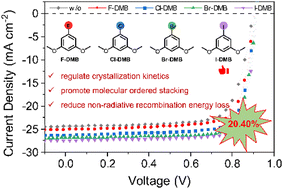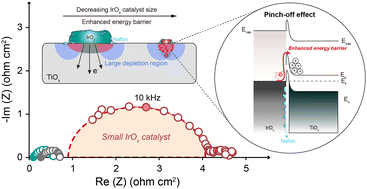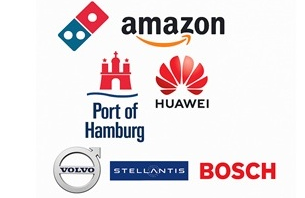US and UK Trade Deal – Key Provisions and Supply Chain Implications
On May 9, 2025, the United States and the United Kingdom announced a bilateral trade agreement focused on tariff adjustments across several key sectors. While not a comprehensive free trade agreement, the deal introduces select changes that will affect transatlantic supply chains, particularly in automotive, metals, agriculture, and pharmaceuticals. 1. Tariff Framework The agreement formalizes […] The post US and UK Trade Deal – Key Provisions and Supply Chain Implications appeared first on Logistics Viewpoints.


 On May 9, 2025, the United States and the United Kingdom announced a bilateral trade agreement focused on tariff adjustments across several key sectors. While not a comprehensive free trade agreement, the deal introduces select changes that will affect transatlantic supply chains, particularly in automotive, metals, agriculture, and pharmaceuticals.
On May 9, 2025, the United States and the United Kingdom announced a bilateral trade agreement focused on tariff adjustments across several key sectors. While not a comprehensive free trade agreement, the deal introduces select changes that will affect transatlantic supply chains, particularly in automotive, metals, agriculture, and pharmaceuticals.
1. Tariff Framework
The agreement formalizes a 10% baseline tariff on most goods imported into the U.S., including those from the UK. This replaces a range of higher tariffs imposed in prior years. While lower than previous maximums, the 10% rate remains above pre-2020 levels and applies broadly, unless otherwise specified by sectoral exemptions.
2. Automotive Sector
The U.S. will impose a 10% tariff on the first 100,000 vehicles exported annually from the UK. This reflects the UK’s current export volume. Exports beyond this threshold will be subject to a 27.5% tariff. The UK’s current 10% tariff on U.S. vehicle imports remains in place, though discussions on reducing it are ongoing. Aircraft parts, including Rolls-Royce components, will be exempt from tariffs.
3. Steel and Aluminum
The agreement eliminates the 25% tariffs previously applied to UK steel and aluminum exports to the U.S. However, exports are now subject to quotas and must meet origin requirements, including “melted and poured” conditions. Further details on derivative product eligibility and quota volumes have not been published.
4. Agriculture and Ethanol
The UK has raised its import quota for U.S. beef from 1,000 to 13,000 metric tons, removing the 20% tariff within that limit. Imports exceeding this quota remain subject to standard rates. The UK continues to ban hormone-treated beef, in line with existing food safety regulations. Tariffs on U.S. ethanol exports to the UK have been eliminated.
5. Pharmaceuticals
No finalized agreement has been reached for pharmaceuticals, though both parties have committed to negotiate preferential terms. This sector represents a significant trade volume for both countries, but details on regulatory alignment and tariff treatment remain pending.
6. Digital Services
The UK retained its 2% digital services tax, which applies to large multinational tech firms. The U.S. has objected to the tax and indicated that future digital trade negotiations will require its removal or revision.
7. Macroeconomic Context
The 10% tariff floor is part of a broader U.S. trade policy shift introduced in April 2025. While it provides consistency, economists have cautioned that it may contribute to elevated import costs, which can be passed on to consumers and businesses. The potential for inflationary effects and supply chain disruptions remains, particularly in sectors with thin margins or high import dependency.
Implications for Supply Chain Operations
- Quota Management: Exporters must plan operations in line with annual quotas, particularly in automotive and metals.
- Cost Forecasting: The 10% tariff baseline increases landed costs and may affect margin forecasts across multiple sectors.
- Policy Uncertainty: Key sectors, including pharmaceuticals and digital services, are still under negotiation. Firms should monitor policy developments and prepare for regulatory changes.
This agreement introduces targeted trade adjustments but does not constitute a broad liberalization of U.S.-UK trade. Companies should incorporate these provisions into their sourcing, pricing, and compliance strategies. Further negotiations are expected.
The post US and UK Trade Deal – Key Provisions and Supply Chain Implications appeared first on Logistics Viewpoints.


















































































































































